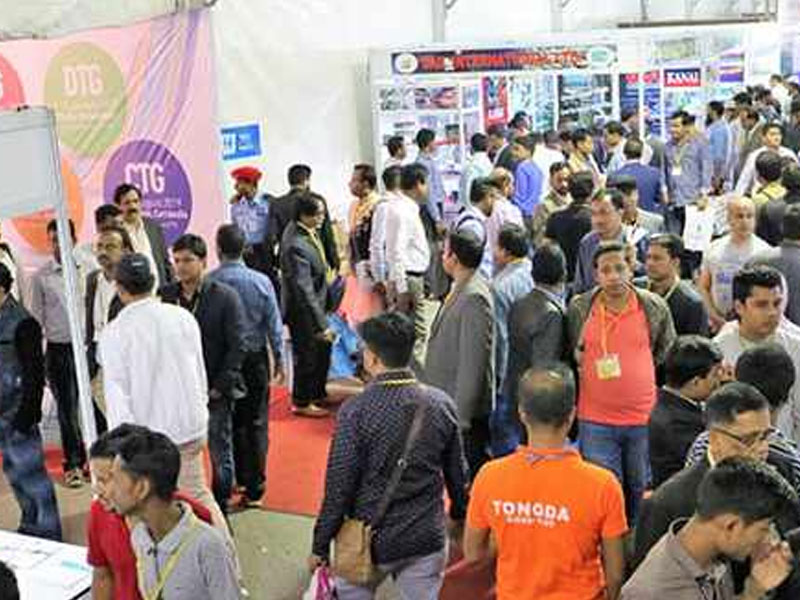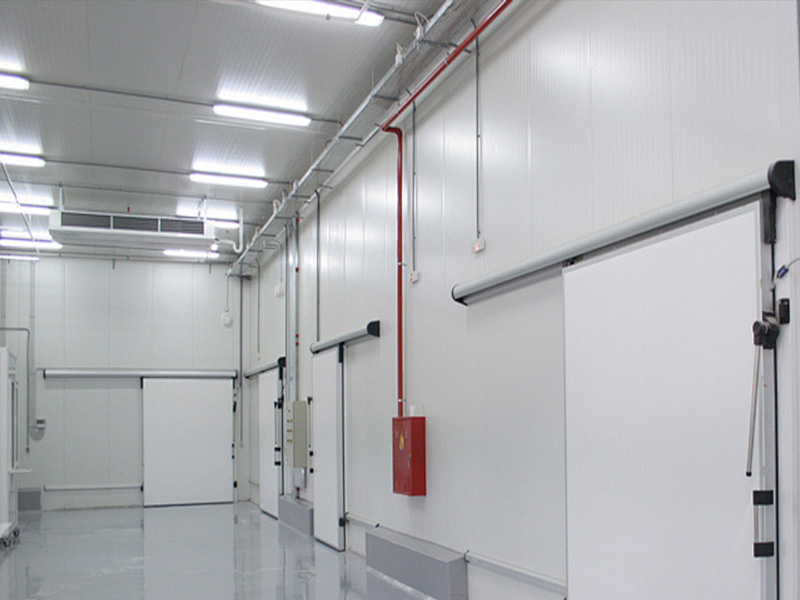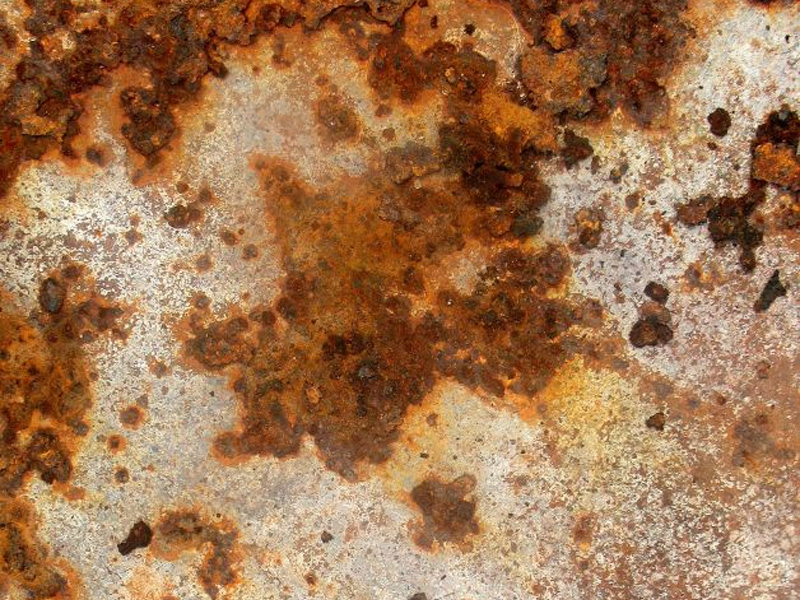Using Adsorption Technology To Control Humidity In Cold Storage
When designing a cold storage, the challenges include evaporator frosting, conveyor belts and floor icing, which are usually caused by the entry of humid air from the outside when the door is opened. Although defrost cycles can partially alleviate these problems, a more practical solution is to integrate adsorption humidity control equipment. By introducing a moderate amount of dehumidified fresh air near the loading area, a positive pressure can be formed to prevent the entry of humid air. At the same time, the air is dehumidified in a closed loop according to the humidity load generated by the products in the warehouse. If the cold storage is designed with multiple temperature zones, dry air of different qualities can be pumped in to ensure dry floors, prevent fogging, and reduce the need for defrost cycles.
Refrigeration system
To better understand humidity control in cold storage, we can divide it into two categories: passive cold storage and active cold storage.
Passive cold storage is mainly used for medium- and long-term storage of perishable goods, such as fresh fruits and vegetables. In contrast, active cold storage is used for dynamic storage needs, with frequent product in and out, and multiple temperature zones are divided according to the temperature requirements of different products.
Designing a refrigeration system for a passive cold store is relatively simple, but there are many variables to consider when designing an active or dynamic cold store. These variables include:
Ensure a safe working environment by avoiding floor moisture and ice on walls, floors and conveyors
Reduce ice on the evaporator coils to shorten the defrost cycle and improve the operating efficiency of the refrigeration system
Clear frost near the loading area to ensure clear vision and safe handling of goods
Prevent cardboard cartons from absorbing moisture, as wet cartons are not only easy to deform, but can also cause work hazards and marking difficulties
It is well known that air cooling causes contraction, which in turn creates negative pressure in the cold store, allowing fresh air to enter through product or conveyor openings and loading and unloading door gaps. However, no matter how perfect the trailer door seal is, it cannot 100% prevent fresh air from entering the loading and unloading area during loading and unloading. Therefore, when estimating the entry of moisture into the storage area, we need to consider key factors such as the difference in air density and pressure between the ambient environment and the freezer, as well as the time required to open and close the door. This moisture forms a layer of ice on the evaporator, which over time not only reduces the operating efficiency of the equipment, but also increases the frequency of defrosting. Each time defrosting occurs, the heat released needs to be removed by the refrigeration equipment, which undoubtedly increases the cooling load. Therefore, reducing moisture ingress can not only reduce the number of defrosts, but also reduce the energy consumption of refrigeration equipment, thereby improving overall operating efficiency.
In addition, when warm outside air enters the cold storage, it will come into contact with surfaces such as walls, floors, and ceilings, forming ice. These slippery floors and falling ice cubes pose a safety hazard to operators, and may also cause fog in the loading area, further exacerbating the slippery floor problem.







